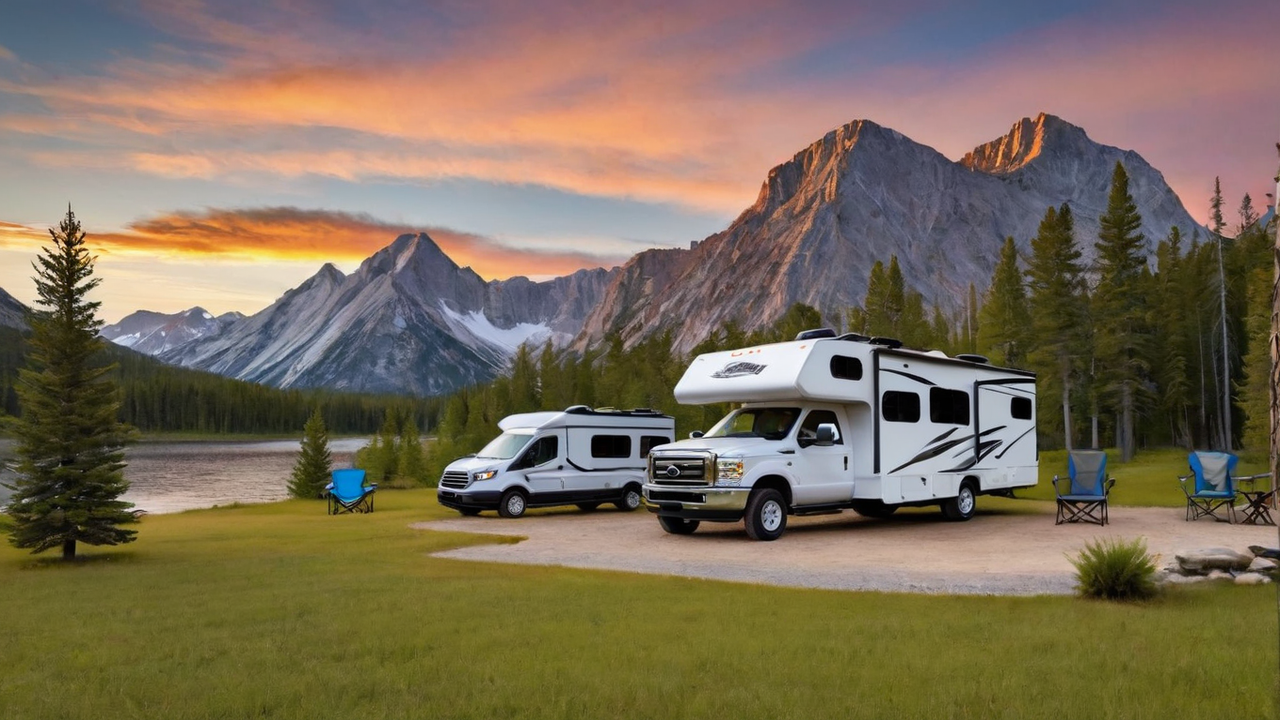Creating an Optimal User's Interface: Design Guidelines for Camping Software
Creating an Optimal User's Interface: Design Guidelines for Camping Software
Blog Article

Comprehending The Audience
Understanding who your intended users is crucial in crafting an efficient user's experience. It's important to consider your requirements, likes, and tech competence. This understanding directs the designing decision, guaranteeing that the software is accessible and easy to use.
Understanding the audience likewise means recognizing their difficulties and the way they plan to utilize the camping software. This allows designers to customize features and capabilities that meet specific requirements, thus making your software not only helpful but also indispensable.
Streamlining the Navigation
Streamlining the navigation system is one major element of interface design. An intuitive menu system ensures visitors can readily find what they're searching for, reducing frustration and enhancing user satisfaction. It's about making the journey inside the app as seamless as possible.
Moreover, effective navigation guides users throughout the software, emphasizing features and capabilities that they otherwise miss. This an strategy not only boosts usability but also promotes deeper engagement with the campground software's full range of features.
Integrating High Quality Graphics
Graphics play an important role in designing an appealing UI. They aid in breaking up text and can also convey functions in a more efficiently than words alone. Selecting the right visuals, symbols, and colors can improve the overall aesthetic of your application, making it more visually attractive to the eye.
Additionally, visual consistency is crucial for establishing brand identity and trustworthiness amongst users. Every component should be in sync with your brand’s values and the overall mission of the software, resulting in a seamless experience that feels both professional and inviting.
Enhancing Responsiveness
In today's tech world, users expect camping programs to be responsive on all platforms, from desktop computers to smartphones. A responsive interface ensures that regardless of what screen size, the software offers an uncompromised experience. This not only increases usability but likewise caters directly to the audience's on-the-go lifestyle.
Additionally, enhancing the responsiveness could result in enhanced performance, decreasing the loading time and avoiding user frustration. Users appreciate a quick and smooth interaction when accessing campground software, which makes speed a vital aspect in user satisfaction.
Enhancing the Search Functionality
Searching for information quickly is crucial in any kind of application, particularly in campground management. Optimizing the search feature permits visitors to effortlessly find what they're looking for, which in turn boosts their satisfaction and efficiency. By smart search capabilities, you can decrease the frustration and improve overall satisfaction.
Moreover, advanced search options like filtering options and tagging can aid in narrowing down search results, making it process even efficient. Implementing these features shows a understanding of your user’s needs and an effort to enhancing their experience with the campground software as smooth and productive as possible.
Prioritizing Security
Protecting user information must be non-negotiable when coming to developing campground programs. Your users expect to be secure when entering their personal information. Ensuring robust security measures not only protects the data but also builds trust between the user and the brand.
Beyond basic security features like strong passwords and data encryption, it's important to consider integrating sophisticated options such as two-factor authentication or biometric security logins. Such measures provide additional layers of protection, further ensuring that customer information is held secure from unwanted access.
Utilizing User Feedback
Gathering feedback is essential for the continual development of any campground program. It enables the developers to grasp what is working, what doesn’t work, and how their software can be bettered to meet user needs. This feedback creates a sense of community between the customers and your development team, which makes them feel like they are actively a part of the product's journey.
Incorporating feedback effectively can lead in noticeable enhancements in UI designs and the overall user experience. Implementing changes based on actual feedback shows that the brand listens to its customers and is dedicated to providing a top-notch product.
Maintaining Simplicity
In UI design, the principle of simplicity is fundamental. An unnecessarily complicated interface can overwhelm the users, resulting in an unpleasant user experience. Simplicity, on the hand, helps your software more intuitive and user-friendly. It promotes greater user engagement and satisfaction.
Moreover, keeping the simplicity should extend to the software’s content and functionality. Avoiding unneeded features that don’t contribute real value can help ensure that your interface remains clean and focuses on meeting best free campground management software the core needs of your end-users. By doing so, you can craft a more efficient UX that appeals with your target audience.
Report this page